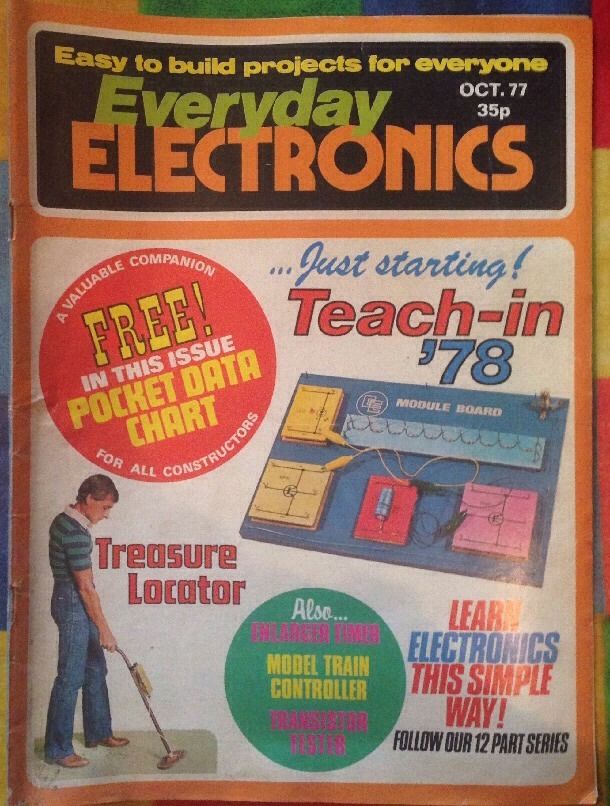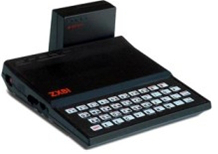 Welcome to my blog where I share my explorations in “playing with the possible”. I’m Malcolm Yeoman, and this journey had already begun for me when I wired together my first electrical set on my 7th birthday, and had turned into a seriously preoccupation with electronics by the age of 11 (after discovering the adjacent issue of Everyday Electronics at a local newsagent).
Welcome to my blog where I share my explorations in “playing with the possible”. I’m Malcolm Yeoman, and this journey had already begun for me when I wired together my first electrical set on my 7th birthday, and had turned into a seriously preoccupation with electronics by the age of 11 (after discovering the adjacent issue of Everyday Electronics at a local newsagent).
 Home computing appeared on the scene during my teenage years, and I cut my teeth on the Sinclair ZX81 – until I had to re-purpose its components after it stopped working under the weight of all my mods.
Home computing appeared on the scene during my teenage years, and I cut my teeth on the Sinclair ZX81 – until I had to re-purpose its components after it stopped working under the weight of all my mods. My interest culminated in a Bachelors degree in Electronic Engineering, followed by a couple of years working in embedded systems. Circumstances then led me into the world of commercial software development and then into I.T. more broadly – which was where all the opportunities lay in the 1990’s.
My interest culminated in a Bachelors degree in Electronic Engineering, followed by a couple of years working in embedded systems. Circumstances then led me into the world of commercial software development and then into I.T. more broadly – which was where all the opportunities lay in the 1990’s.
In recent years I have been fortunate in being able to rekindle that original interest as a hobby, but now in a world that is fundamentally more exciting for hardware development. The maker movement, proliferation of cheap, easy -to-use microprocessor boards and the current hype around the Internet of Things have made electronics of interest and accessible to a wider audience than possibly ever before. You can now even 3D print the mechanical bits!

Love your posts.. Please keep up the good work..
I like that very much, it’s a nice IoT-Demo. One note: you can power an ESP directly from a 4.2V LiPo battery. Saves the hassle with LDO. Note that the GPIOs will output the battery voltage, so your sensors should support the higher voltage as well.
Also, ADC can measure the bat voltage at this level directly, though this seems to drift a lot at higher voltages across modules. Highest voltage value measurable seems to be 4466 (fried one, stuck at that value) when in VCC mode.
I used it in an BME280 environmental sensor (German due to target audience, but lots of pictures :)).
http://www.mcseven.me/2016/10/wlan-umweltlogger/
Fortunately, the BME280 may be powered with up to 4.2V, so perfect.
Also, I tried an LDO, but its standby-current was [email protected], whereas the ESP draws [email protected] and deep sleep. When the battery discharges and voltage drops, the ESP sleep current significantly goes down and is at [email protected] as advertised.
Cheers
Really liked your blog, please keep them coming 🙂